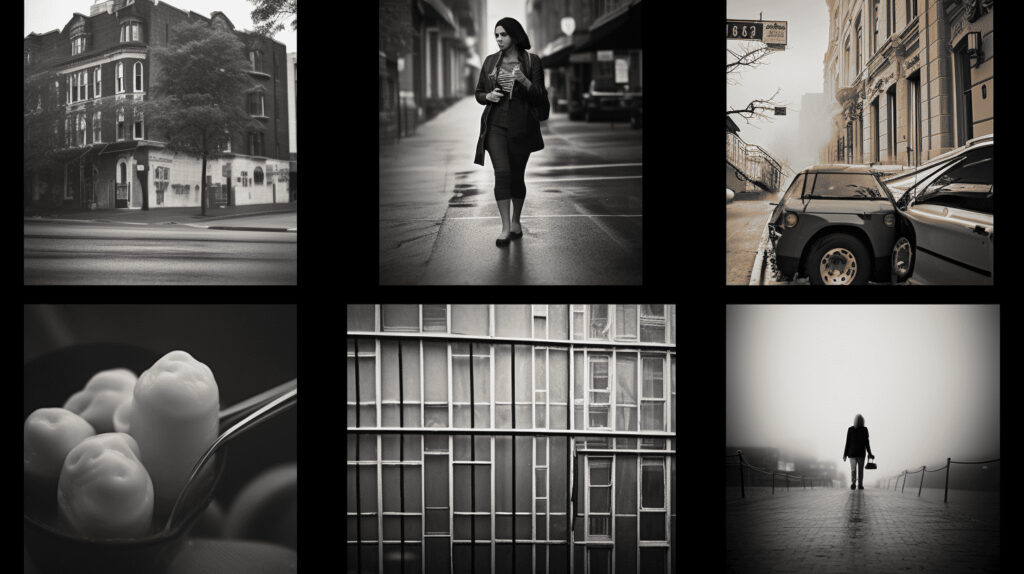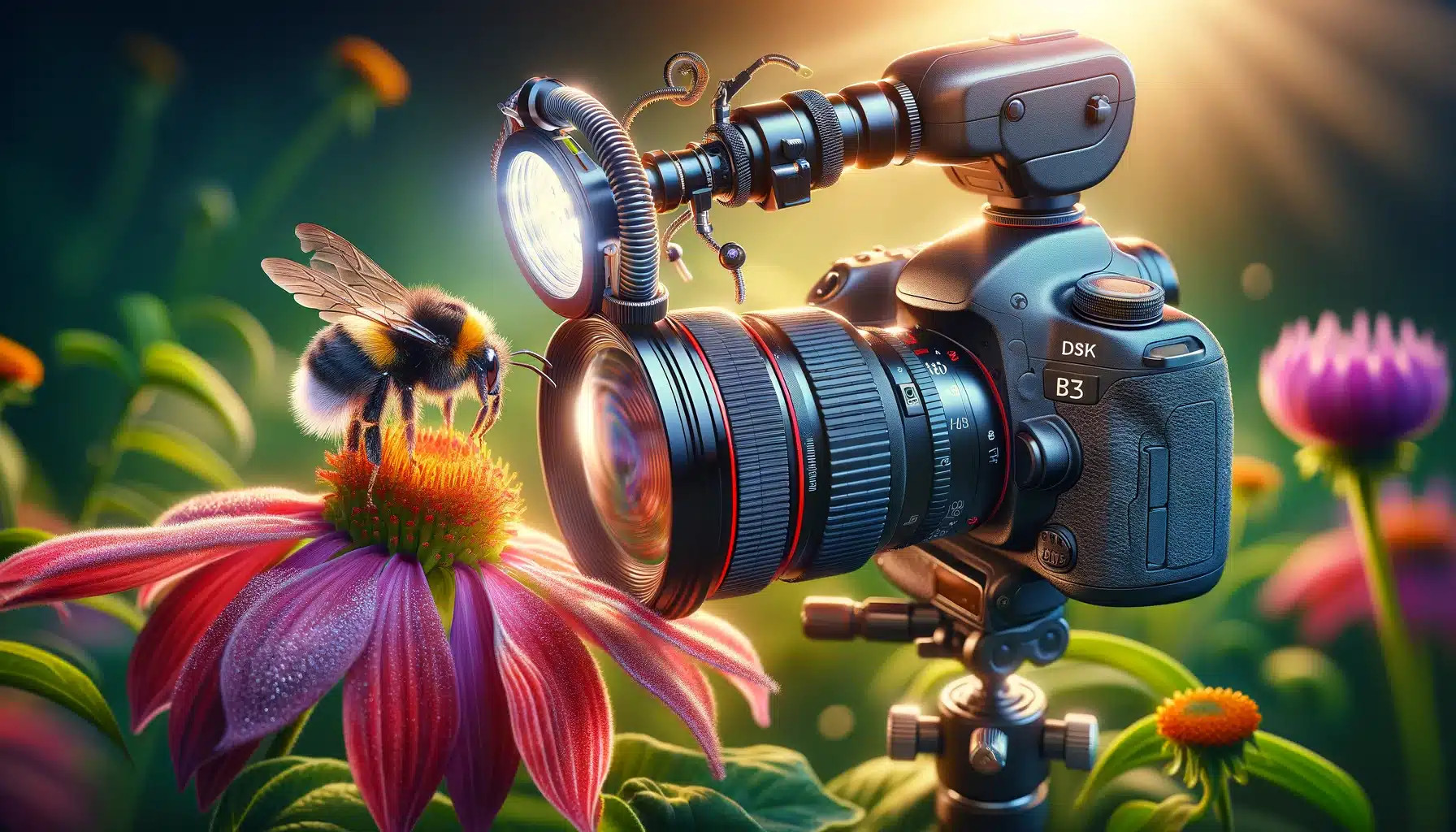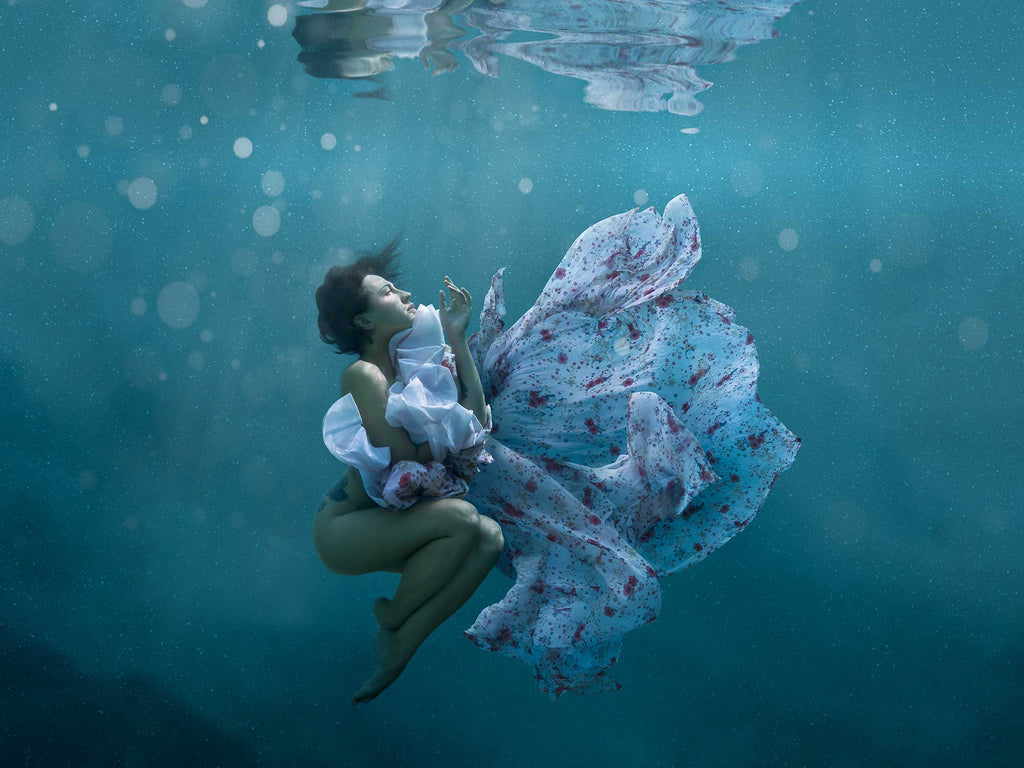Capturing Perfection: Mastering Modern Photography Techniques and Trends

30-12-2024, 06:40 Admin 6 757 0
As the world continually evolves, so does the art of photography. We no longer live in an era where capturing pictures is as simple as pointing a black box at your subject and hoping your film catches a decent shot. Modern photography is a dynamic blend of technical skill, creative vision, and cutting-edge technology. Today's photographers must master a host of new techniques and keep up with the latest trends to produce extraordinary images. This article delves into innovative avenues that photographers can explore to elevate their craft in the digital age, focusing on technology and efficiency-oriented tools and resources.
One of the defining features of contemporary photography is its focus on efficiency. Digital cameras have removed the need for film, creating an immediate feedback loop for photographers. With instant access to their shot, photographers can identify any necessary adjustments in real time and rectify mistakes, increasing the rate of successful images. One such camera that harnesses this element is the Nikon D5500, which offers an impressive balance of convenience and high-tech functionality. Its superior sensor resolution coupled with its lightweight, compact design makes it an excellent tool for modern photographers focused on efficiency.
Another significant progression in modern photography is the adoption of smartphone photography. With smartphone camera capabilities becoming more and more sophisticated, this trend can't be ignored. Smartphones offer convenience, accessibility, and simplicity unmatched by traditional photography equipment, all while maintaining high-quality imaging. Take, for example, the iPhone 12 Pro Max, whose Night mode, Deep Fusion, and Smart HDR 3 features considerably elevate mobile digital imagery.
Yet, technology alone does not make a great photographer. As essential as understanding the capabilities of these devices is mastering the techniques that go with using them. For instance, consider the rule of thirds, which is one of the most basic but powerful rules in photography. It involves imagining your screen divided into nine equal parts and placing your subject along these lines or at their intersection.
Likewise, the use of different lighting modes can significantly impact your shots. Low lighting can create dramatic and compelling pictures when used right. By understanding how different lighting situations impact the resulting image, photographers can manipulate and control light for a desired effect.
Moreover, identifying and utilizing trends can make or break a photographer's personal brand. In recent years, one of the widespread trends has been the shift toward more authentic and candid photographs, stepping away from the overly processed, glossy images that were once popular. Consumers crave authenticity, and photographers who are able to capture this in their work will find themselves increasingly in demand.
Drones and aerial photography have also seen a considerable surge in popularity. These devices provide new perspectives and open doors for creativity, capturing scenes that were previously out of reach. The DJI Phantom 4 Pro V2.0, for example, impresses with its 20-megapixel sensor and ability to shoot 4K/60fps video.
Lastly, post-processing of images has become practically unavoidable. Software like Adobe Lightroom and Photoshop offer an array of editing tools that can help artists refine their work. Even if you're shooting high-quality images, post-processing allows you to tweak colors, contrast, and clarity to create a final product that stands out among the rest.
In conclusion, modern photography is a powerful fusion of technology, technique, and trend. Capturing perfection requires more than just a click of a button - it requires knowledge and mastery of the available tools and techniques, a finger on the pulse of current trends, and a genuine passion for the artform. Embrace the advancements in technology, be open to new techniques, and tune into the latest trends, and you will indeed be on your way to capturing perfection.
One of the defining features of contemporary photography is its focus on efficiency. Digital cameras have removed the need for film, creating an immediate feedback loop for photographers. With instant access to their shot, photographers can identify any necessary adjustments in real time and rectify mistakes, increasing the rate of successful images. One such camera that harnesses this element is the Nikon D5500, which offers an impressive balance of convenience and high-tech functionality. Its superior sensor resolution coupled with its lightweight, compact design makes it an excellent tool for modern photographers focused on efficiency.
Another significant progression in modern photography is the adoption of smartphone photography. With smartphone camera capabilities becoming more and more sophisticated, this trend can't be ignored. Smartphones offer convenience, accessibility, and simplicity unmatched by traditional photography equipment, all while maintaining high-quality imaging. Take, for example, the iPhone 12 Pro Max, whose Night mode, Deep Fusion, and Smart HDR 3 features considerably elevate mobile digital imagery.
Yet, technology alone does not make a great photographer. As essential as understanding the capabilities of these devices is mastering the techniques that go with using them. For instance, consider the rule of thirds, which is one of the most basic but powerful rules in photography. It involves imagining your screen divided into nine equal parts and placing your subject along these lines or at their intersection.
Likewise, the use of different lighting modes can significantly impact your shots. Low lighting can create dramatic and compelling pictures when used right. By understanding how different lighting situations impact the resulting image, photographers can manipulate and control light for a desired effect.
Moreover, identifying and utilizing trends can make or break a photographer's personal brand. In recent years, one of the widespread trends has been the shift toward more authentic and candid photographs, stepping away from the overly processed, glossy images that were once popular. Consumers crave authenticity, and photographers who are able to capture this in their work will find themselves increasingly in demand.
Drones and aerial photography have also seen a considerable surge in popularity. These devices provide new perspectives and open doors for creativity, capturing scenes that were previously out of reach. The DJI Phantom 4 Pro V2.0, for example, impresses with its 20-megapixel sensor and ability to shoot 4K/60fps video.
Lastly, post-processing of images has become practically unavoidable. Software like Adobe Lightroom and Photoshop offer an array of editing tools that can help artists refine their work. Even if you're shooting high-quality images, post-processing allows you to tweak colors, contrast, and clarity to create a final product that stands out among the rest.
In conclusion, modern photography is a powerful fusion of technology, technique, and trend. Capturing perfection requires more than just a click of a button - it requires knowledge and mastery of the available tools and techniques, a finger on the pulse of current trends, and a genuine passion for the artform. Embrace the advancements in technology, be open to new techniques, and tune into the latest trends, and you will indeed be on your way to capturing perfection.
Related News
Leave a Comment


